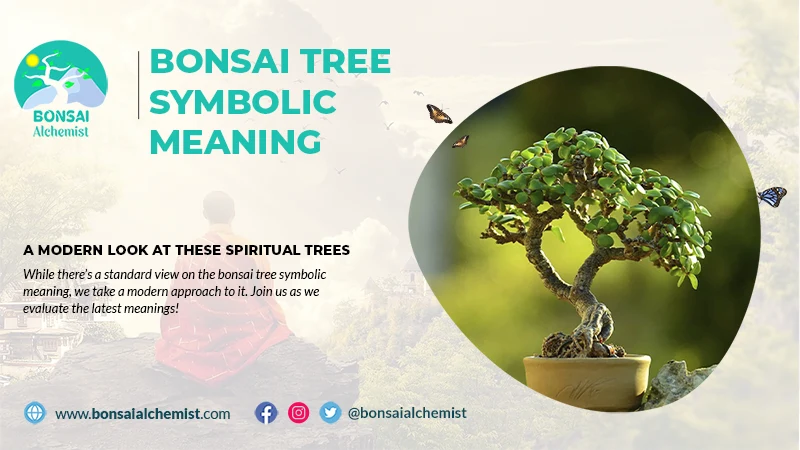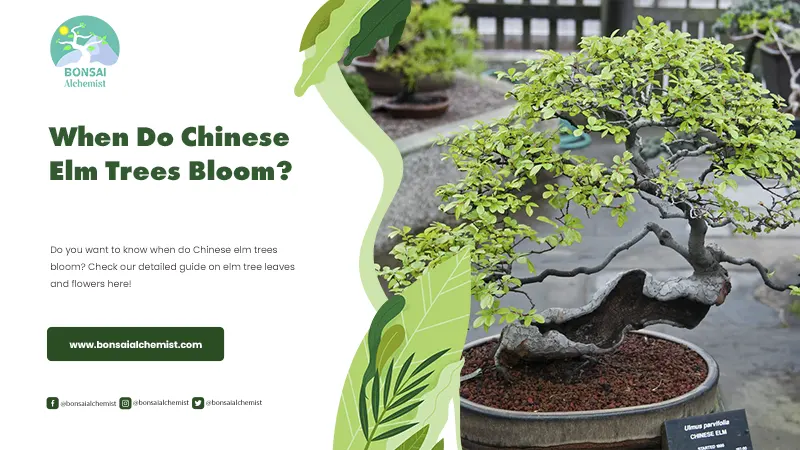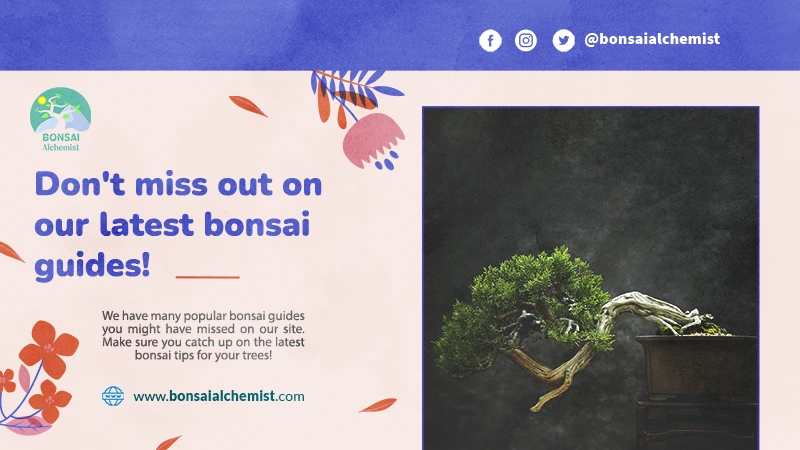Common Issues With the Juniper Bonsai
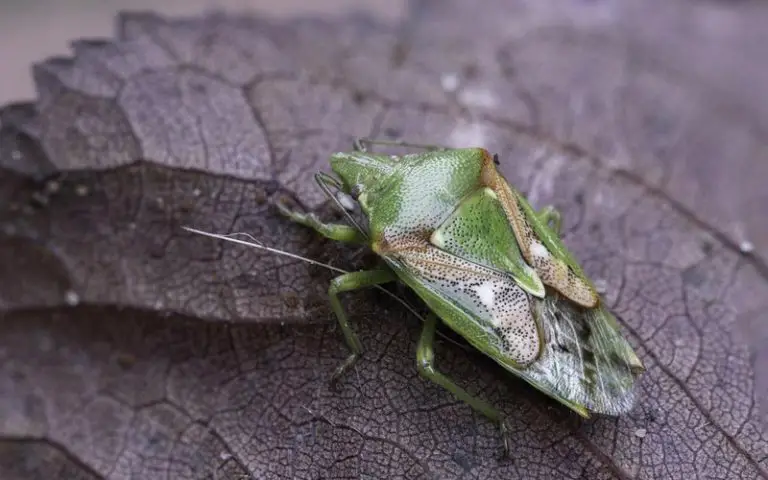
Is your Juniper bonsai looking unwell? Perhaps the leaves are turning yellow or brown? Or maybe your branches have started drooping? There’s nothing as sad as watching a tree’s health declining. That’s why it’s a good idea to know some of the Juniper bonsai common issues so that you can spot problems and fix them as quickly as possible to return your tree to full health.
What Are the Juniper Bonsai Common Issues?
Junipers are relatively hardy trees that are pretty easy to take care of compared to many other bonsai species. However, they are still affected by some problems which, if not taken care of, could cause the Juniper to die. The worst part is that Junipers can remain relatively green even after the tree has already passed.
Issue 1: Yellowing/ Browning Leaves
The leaves are your first indicator that your tree may not be healthy. A healthy juniper should have leaves ranging from light green to dark blue-green. If your leaves start turning yellow or brown, it can indicate an issue with your plant.
One of the Juniper bonsai common issues that cause the leaves to turn yellow is overwatering, underwatering, or being exposed to too much sunlight.
Issue 2: Visible Spots on the Leaves
As mentioned above, the leaves of your tree are usually the first indicator of any problems with the health of your bonsai. Red, brown, or black spots on the leaves of your Junipers can indicate a fungal infection. This type of infection should be treated quickly before it spreads to other healthy parts of our tree.
Issue 3: Loose or Wiggling Tree
A healthy bonsai will cling tightly to the soil and would barely move if you touch the trunk. If the tree does wiggle around in the soil, it could indicate an issue with your roots.
Issue 4: Drooping or Wilted Branches
Remember that a little bit of sagging or drooping in branches is natural, especially as the branches start thickening up and becoming heavier. However, a sudden sagging or drooping in your branches can indicate inadequate nutrition from mineral-poor soil.
Issue 5: Off-Season Loss of Leaves
Another Juniper bonsai common issue is a loss of leaves out of season. Some leaf loss is average for any tree. As new leaves grow, the older leaves start dying and falling off. However, if your bonsai starts to lose leaves excessively, you will need to investigate the reason for the loss, as it can be a sign of mold or fungal infections.
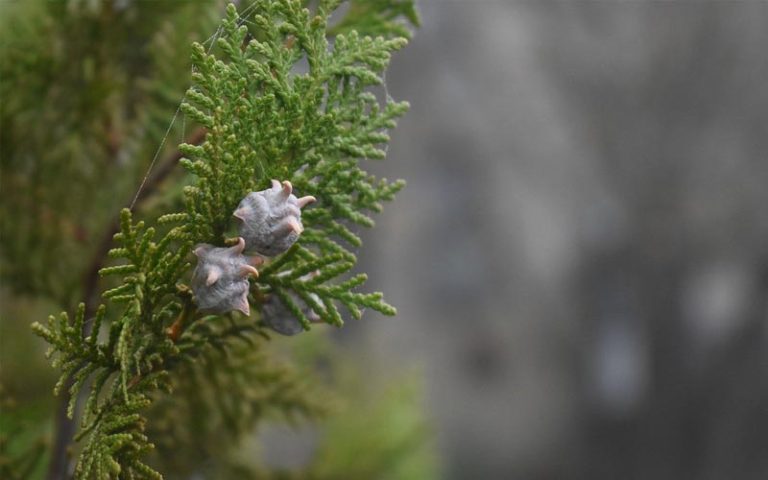
How Can I Fix Issues With My Juniper Bonsai?
Luckily for us bonsai enthusiasts, there are solutions to some of the most common issues a Juniper bonsai can experience.
Solution 1: Yellowing/ Browning Leaves
Usually, the main suspect in yellowing or browning leaves is overwatering. Junipers enjoy a slightly drier, well-draining soil. If the soil is not allowed to dry out between waterings, it can lead to overwatering, which has many health risks associated. Changing color in leaves can also indicate underwatering.
The first two inches of the soil should be dry, but then it should become moist. Do not allow all the soil to dry out completely to dust as that is also not healthy. If you know that it is not a watering issue that causes your leaves to change color, you should consider that perhaps your tree is getting too much direct sunlight.
Solution 2: Visible Spots on the Leaves
Spots on the leaves are usually caused by a fungal infection and should be treated quickly. Any affected leaves that show spots should be removed entirely from the bonsai. Once all the leaves showing marks have been removed, you also need to treat your tree with an anti-fungal treatment which you can buy at most gardening stores or nurseries.
Solution 3: Loose or Wiggling Tree
A tree that is loose in the ground indicated poor root growth. This can be caused by overwatering and drawing some of the roots, causing them to die. Roots that are dead may, in turn, suffocate other roots, which can cause further health problems for your tree. The best way to treat this is by inspecting the roots directly by removing the tree from its pot, combing the roots, and removing any dead roots.
This should be left for the repotting season as it can cause stress to the tree. If now is not the right time for repotting, you should make sure that your soil is not wet, and if it is, leave it to dry out more before watering again. Also, make sure that your tree is well-fertilized to ensure optimal root growth.
Solution 4: Drooping or Wilted Branches
The most common issue with drooping branches is caused by inadequate nutrition from mineral-poor soil. Since bonsai are grown in containers, the soil isn’t naturally replenished with nutrients, and it is up to us to provide our trees with the proper nutrients.
That is why it is so vital to fertilize your bonsai. If your branches start wilting, a dose of FRIT mineral supplements or another high mineral fertilizer can help give your tree the missing nutrients and perk up the branches.
Solution 5: Off-Season Loss of Leaves
Losing leaves randomly out of season is usually an indication of mold or fungal infections. Fungal infections can spread to other trees, so you must handle this problem quickly. The only treatment that will work is a round of fungicide.
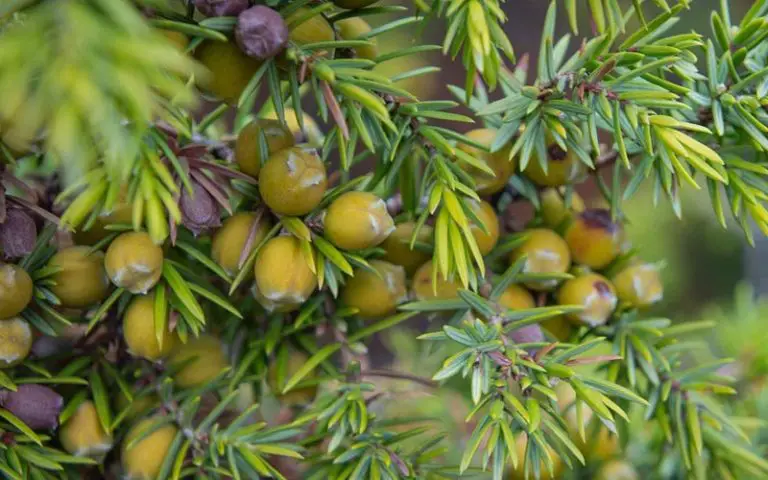
Final Thoughts
As you can see, there are a few Juniper bonsai common issues, but they all have simple solutions if you know what the cause is. The most important thing is to keep an eye on your bonsai so that you can notice any signs of stress or health issues. Acting quickly is much better than waiting too long and losing your tree.


